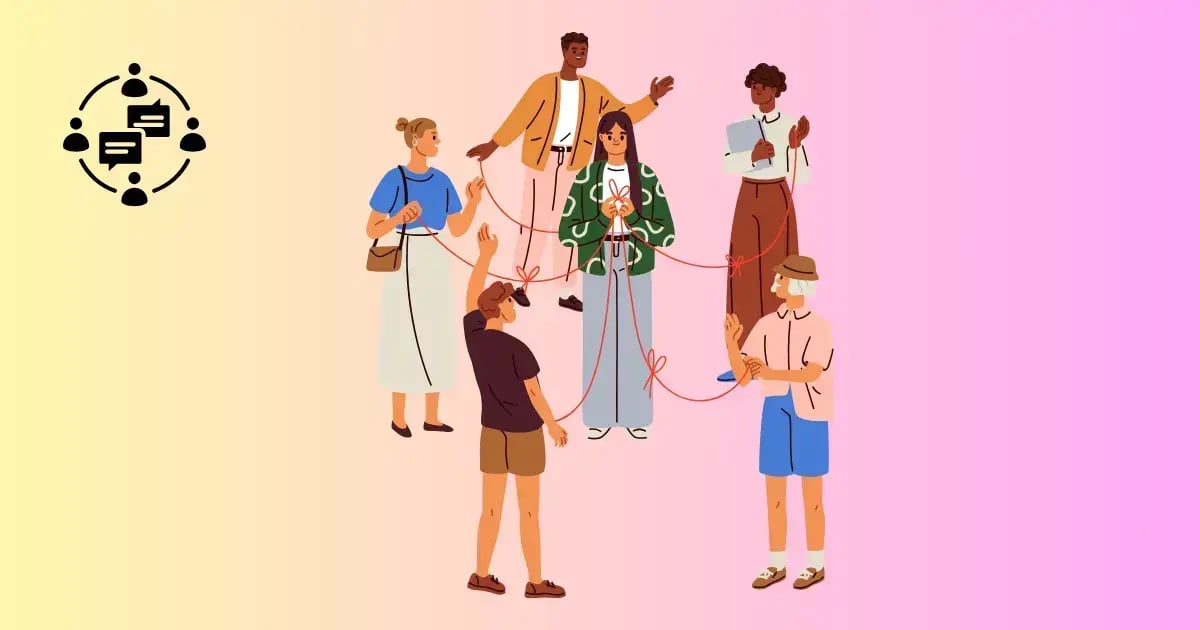What is Capture Management?
Capture is the strategy behind every federal win. Effective capture management is how government contractors win work.
It’s the leadership and laser-focus on winning the opportunity. It is the relationship-building with agency clients, industry partners, and even competitors. It's the opportunity-shaping long before the solicitation is released. Finally, it's the follow-through on writing a proposal that embodies the entire solution you have developed .
In short, capture is everything that makes the win possible.










-1.jpg?width=2000&height=1500&name=Image%20(8)-1.jpg)





